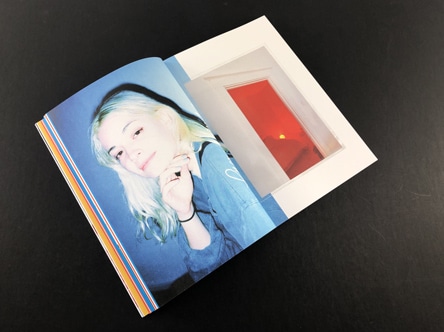The Art of Music Zines: Diving into the World of DIY and Independent Music Publications

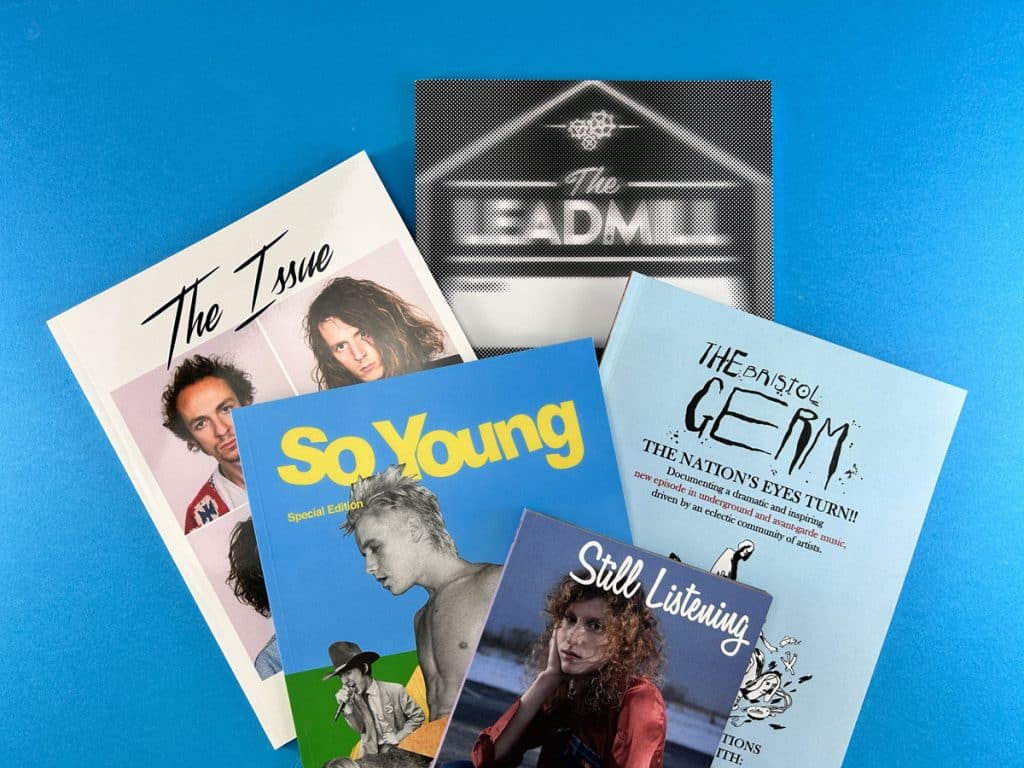
In the world of music, zines have long been a platform for independent voices, a space where underground scenes can flourish, and a medium for artists to connect directly with their fans. From punk rock to hip-hop, from indie to electronica, every genre has found a home in the DIY ethos of zine culture. Today, we’re going to dive into the world and art of music zine printing, exploring their impact, their evolution, and their future.
Music Zines History and Timeline
The first music magazine can be traced back to 1984 when Billboard first appeared. Founded in Cincinnati by William H. Donaldson and James Hennegan.
In 1926 followed Melody Maker in the UK, NME joined the roster of people’s weekly musical consumption in 1952 and Stateside Rolling Stone arrived in 1967.
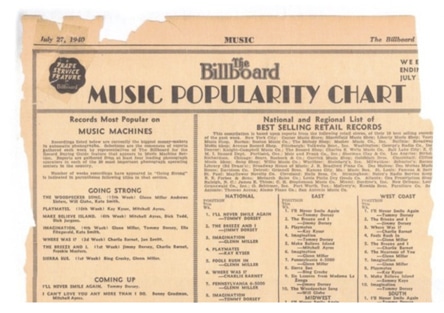
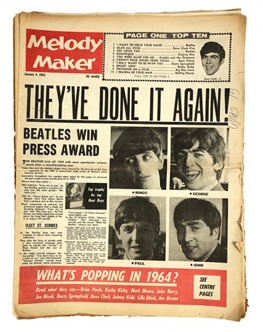
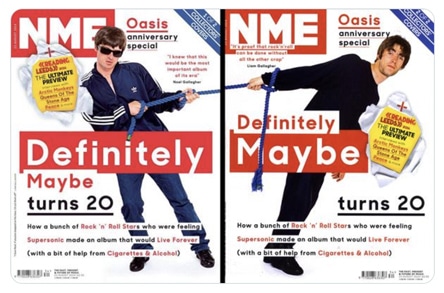
Zines! A Retro Rollercoaster
Our journey begins on the evolution of music zines in their current form in the disco-laden ’70s. Amidst the rise and fall of bell-bottoms, zines were born, humbly handcrafted and handed over at gigs. They quickly became the heartbeats of underground music scenes, whispering untold stories of punk, rock, and indie music. The raw, unfiltered emotions echoing from these pages introduced us to a new kind of musical dialogue, a raw lexicon of rebellion.
Power Chords of Zines: Rebooting the Mainstream Mixtape
Ever wondered what it feels like to turn the volume knob on mainstream narratives? Zines did exactly that! They provided a platform for the unheard, the unseen, those grooving to a different tune, far from the shiny limelight of commercial success. Zines are the VIP backstage passes, revealing a world of authenticity beyond what the audience sees from the mosh pit.

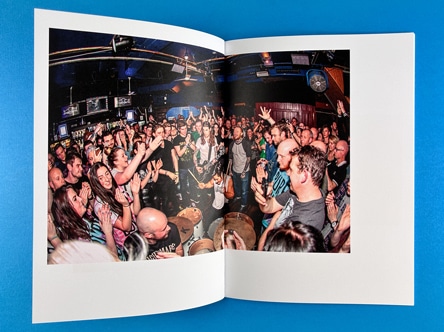
Zines: Spinning the Record on Music Consumption
Zines didn’t just remix our playlists; they transformed our relationship with music. They made us question the simple ‘like’ and ‘dislike’ toggles, challenging us to dive deeper into the harmonious waters of music. Zines nudged us to consider the artist’s soulful intent, the socio-political backdrop, the poetry in lyrics, and the texture of sound. They made us active listeners, tuning our ears to the nuances of musical composition.

Zines and The Internet: An Encore in Cyberspace
The arrival of the digital era didn’t silence the music of zines; instead, it amplified their rhythm to a wider audience. Blogs, vlogs, online communities – they’ve all struck a chord with the ethos of zines, echoing their messages of dissent, dialogue, and diversity. Zines haven’t faded into the vinyl archives; they’ve simply found a new stage.
Zines Now: Conducting the Symphony of Musical Democracy
Zines remain the steadfast conductors of our music orchestra, waving their batons to the beat of inclusivity and exploration. They democratise music consumption, making us all members of the global music committee. Today, zines stand as tangible anthems of people’s power, their pages humming with the democratisation of musical discourse.
Zines: Future Hit Singles
Zines aren’t slowing their tempo; they’re evolving, turning up the volume on more than just music. They’ve become a global sensation, a catalyst for change, and a sonic reflection of society. Their impact on the music landscape is as apparent as a high note at a soprano’s concert. Buckle up, folks; the zine express is hurtling towards an electrifying future!

Coda: The Everlasting Echo of Zines
So, there we have it – the zine chronicle! These feisty self-published maestros have rewritten our music scores, inviting us into the jam sessions of punk, the indie rehearsals, and the digital concerts. They’ve stirred a sense of unity, building a global mosh pit for music aficionados. Thanks to the transformative power of zines, we’ve become explorers, not just listeners, in the musicverse.
As the tune of this narrative fades, remember: the spirit of zines lives on, in every artist’s story, every fan’s critique, and every concert goer’s photography.
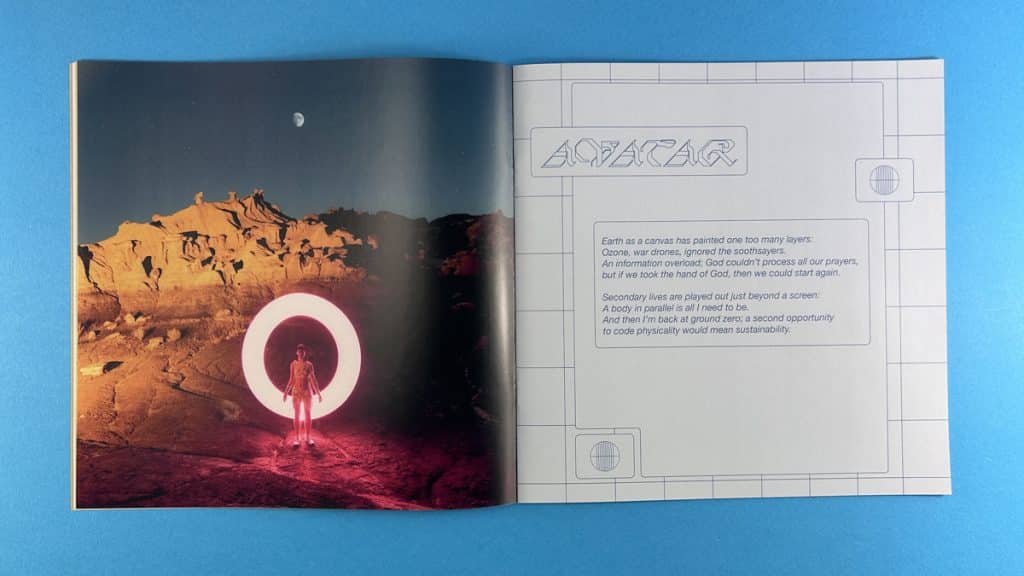
George Ezra Album Release Zine
In the showcase snippet video below, we are looking at an A5 zine printed on uncoated paper. The cover has an engaging image which wraps around and is printed onto 200gsm. With 24 pages the zine is wire stitched…or stapled. We can just about get away without laminating 200gsm and the ink won’t crack when it is folded. It is a nice flexible weight that isn’t too rigid. Yes, this zine was for George Ezra. You’ll have seen him on the telly box and at Glastonbury. This was a zine to accompany his latest number one album, Gold Rush Kid. The inside pages are printed onto 115gsm Uncoated. Printing onto uncoated always gives a softer feel to the colours. The lack of a coating means the ink soaks into the paper but there is a tactility when the reader flicks through. This is the decision you need to make. If you want nice bright colours that are true to the screen, choose silk or gloss instead.
The Impact of Independent Music Zines
Independent music zines have played a crucial role in shaping music culture over the decades. They’ve been the breeding ground for new ideas, the platform for emerging artists, and the catalyst for music movements. They’ve challenged mainstream narratives, championed underrepresented voices, and fostered a sense of community among music lovers.
Influential Independent Music Zines
Over the years, many independent music zines have left their mark on the music scene. One such zine is ‘These could be the best days of our lives’. This children’s zine features stunning full-colour illustrations, charmingly arranged on the page with a little bit of text opposite to guide the reader through the narrative. The gloss laminated cover instantly draws the reader in, adding a touch of professionalism to the DIY aesthetic.
Another influential zine is Shell Suit Zombie, a zine for the creative market designed to help creatives decide what they’re going to do after they finish university. The zine features high-end illustrations on uncoated paper, which means they sit flatter and softer on the matt surface. It’s an A5 perfect bound zine, demonstrating the versatility of zine formats.
DIY Music Zine Printing
When the time comes to print your own photography zine, there are a few key considerations to keep in mind. The first is the paper choice. Some styles definitely work better on uncoated paper to soften the images and lines. You might consider uncoated if the original drawings were in pencil or crayon. Alternatively, for sharp, crisp images then a silk finish would be the winning choice. If in doubt, request a paper sample pack from Ex Why Zed to help you decide.
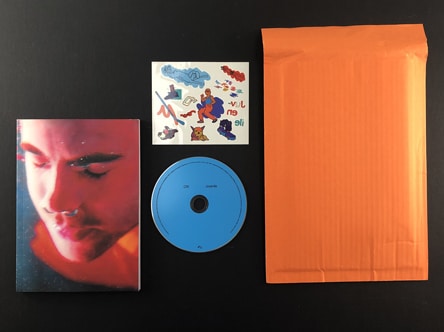
The example here, was limited edition promotional printing for the release of the CRI Juvenile album in October 2020. Printed, collated and assembled at Ex Why Zed in the UK.
The pack included:
• Limited edition perfect-bound zine book
• ‘Juvenile’ album CD insert
• exclusive ‘Juvenile’ temporary tattoo sheet
All lovingly packaged in an orange bubble envelope.
The Future of Independent Music Zines
Despite the rise of digital media, independent music zines are far from dead. In fact, they’re experiencing a resurgence, fuelled by a renewed interest in tangible, physical media and a desire for authentic, unfiltered content. As we move forward, it’s clear that independent music zines will continue to play a vital role in the music landscape, providing a platform for artists to express themselves, fostering a sense of community among fans, and challenging the mainstream music industry.
Independent music zines are more than just DIY publications – they’re a testament to the power of music, the importance of independent voices, and the enduring appeal of tangible, physical media. Whether you’re an artist looking to share your music, a fan seeking out new sounds, or a music enthusiast interested in the culture and history of# The Art of Music Zines: Diving into the World of DIY and Independent Music Publications.
